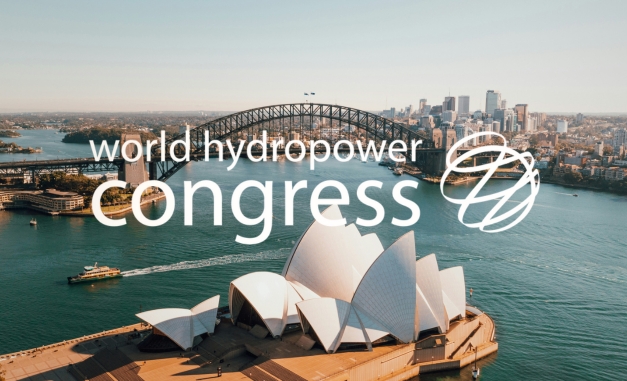The inaugural 2023 World Hydropower Outlook out now!
Global hydropower capacity grows by 34 GW in past year
But progress falling short of the 45 GW requirement to meet net zero 2050 targets
- 2022 marks the first time since 2016 that more than 30 GW of hydropower came online, including 10 GW of pumped storage (PSH)
- Hydropower currently provides over 15% of the world’s electricity
- Current pipeline shows 590 GW of hydropower projects at various stages of development, including 214 GW of PSH
- To continue momentum and reduce the 700 GW gap between pipeline and net zero pathways, governments must work collaboratively to boost investment, streamline licencing and introduce sustainable practice regulations
In 2022, more than 34 GW of new sustainable hydropower capacity was commissioned around the world, including over 10 GW of pumped storage. It is the first time since 2016 that more than 30 GW of new capacity has been brought online in a single year. Currently, hydropower provides over 15 per cent of the world’s electricity.
The findings, published in the inaugural World Hydropower Outlook by the International Hydropower Association (IHA), a non-profit member association that counts global hydropower leaders including GE, Engie, CTG and EDF as members, also highlights the pipeline of 590 GW worth of capacity currently in development.
Despite encouraging signals that governments, industry and wider stakeholders increasingly appreciate hydropower’s critical role in the electricity grids of the future, there is still a considerable deficit in capacity. Current estimates show that even if all planned developments come online, a gap of over 700 GW remains to meet the 2050 net zero targets. This is roughly equivalent to the total electricity generation capacity of India and Japan combined.
“Sustainable hydropower is a clean, green, modern and affordable solution to climate change. But the market won’t deliver sufficient hydropower capacity alone. As outlined in the report, it is imperative that we incentivise sustainable hydropower development through financial and market mechanisms that reward flexibility, accelerate the development of renewables through streamlined permitting and licensing and embed hydropower sustainability practices in government regulation”, said Eddie Rich, CEO of IHA.
“The Outlook sets out a realistic roadmap to enable hydropower and other renewables to deliver against net zero targets. We are calling on governments to consider the recommendations in the Outlook to supercharge development in sustainable hydropower.”
While China continued to lead the field in increasing its hydropower capacity with the addition of 24 GW, Europe enjoyed a year of unprecedented success, which saw capacity rise by 3 GW. Both North and South America introduced an additional 1 GW of capacity respectively, while nearly 2 GW was installed in central and southern Asia, including large projects in Pakistan (Karot, 720 MW) and India (Bajoli Holi, 180 MW).
“IHA calculated the required financial investment to meet net zero targets as US$100 billion a year. However, current investment levels are roughly half this figure. Governments need to assess their broad energy needs including long-term storage and create financial mechanisms that incentivise investment in hydropower, as we’ve seen with the US’s IRA and the EU’s Green Deal”, said Malcolm Turnbull, former Prime Minister of Australia. “While the numbers are at last moving in the right direction, there needs to be a greater push to meet global targets.”
The launch of the inaugural World Hydropower Outlook serves as a precursor to IHA’s biennial World Hydropower Congress, which is taking place in Bali on 31 October to 2 November. More than 1,000 decision-makers, innovators and experts from industry, governments, finance, civil society, and academia will be in attendance.










